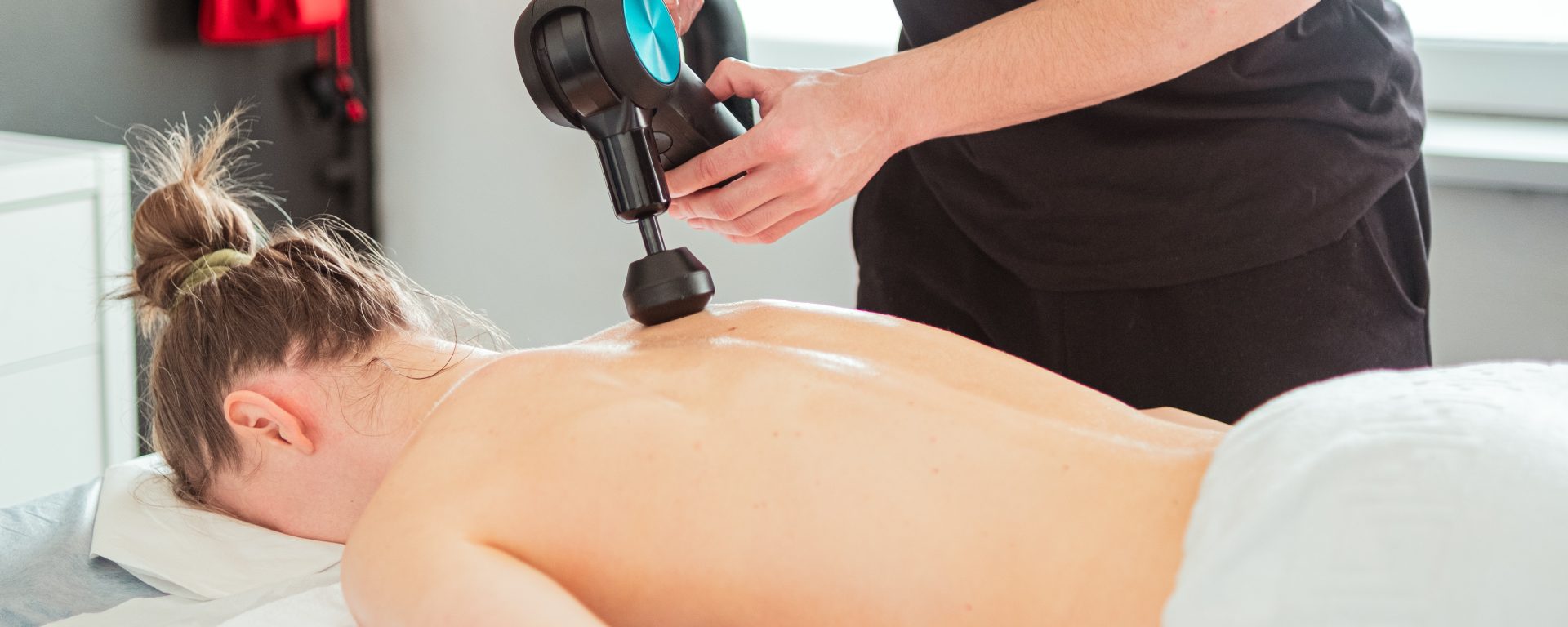Clinical guidelines frequently advocate ‘manual therapy’ as a primary intervention for managing back pain, complemented by psychosocial screening and ‘active rehabilitation’ for individuals who do not experience improvement six weeks post-onset. However, the extent to which psychosocial factors can predict treatment outcomes remains an understudied area. In 2007, Hough, et. al., conducted a study to assess the feasibility of comparing the outcomes of manual therapy and active rehabilitation for patients with sub-acute/chronic back pain. Additionally, it sought to investigate whether differences in outcomes could be linked to psychosocial factors and provide insights for designing a more comprehensive main study.
A convenience sample of 39 patients with non-specific low back pain referred to an acute NHS Trust hospital’s physiotherapy department was recruited over a nine-month period. Patients completed the Linton and Hallden psychological screening questionnaire (LH) and were categorized into either a low LH (105 or below) or high LH (106 or above) scoring group. These LH scores were then used to sequentially assign patients to one of two treatment groups: Manual Therapy, consisting of physiotherapy techniques chosen by the treating therapist, or Active Rehabilitation, comprising a progressive exercise and education program. The first low LH scoring patient was allocated to active rehabilitation, followed by the next patient to manual therapy, and so on. Treatment was administered over eight sessions spanning four weeks, with baseline and four-week outcome measures collected. Outcome measures included the Roland Morris Questionnaire (RMQ), two components of the Short Form McGill (total pain rating index [PRI] and pain intensity via visual analogue scale [VAS]), and the LH.
The manual therapy group demonstrated a more significant treatment effect compared to the active rehabilitation group for RMQ (mean difference 3.6, 95% CI 1.1 – 6.2, p = 0.006) and PRI (7.1, 95% CI 2.0 – 12.2, p = 0.007), with marginally significant results for VAS (15, 95% CI -1.1 to 31.2, p = 0.067). A linear model accounting for confounding effects and the interaction between high or low LH scores supported these findings. The interaction effect was not statistically significant for any outcome measure, possibly due to the limited number of subjects available to detect this effect.
This pilot study suggests that a comparative evaluation of manual therapy and active rehabilitation, considering LH psychosocial scores, is feasible using the methods employed here. However, several modifications to the study design are recommended for a more comprehensive main study. For future research, a pragmatic trial utilizing randomization with stratification based on LH scores and a priori power analysis to determine sample size are advised. These changes will enhance the study’s validity and contribute valuable insights to the management of non-specific low back pain.
Reference: Hough, E., Stephenson, R., & Swift, L. (2007). A comparison of manual therapy and active rehabilitation in the treatment of non specific low back pain with particular reference to a patient’s Linton & Hallden psychological screening score: a pilot study. BMC Musculoskeletal Disorders, 8, 1-10.
